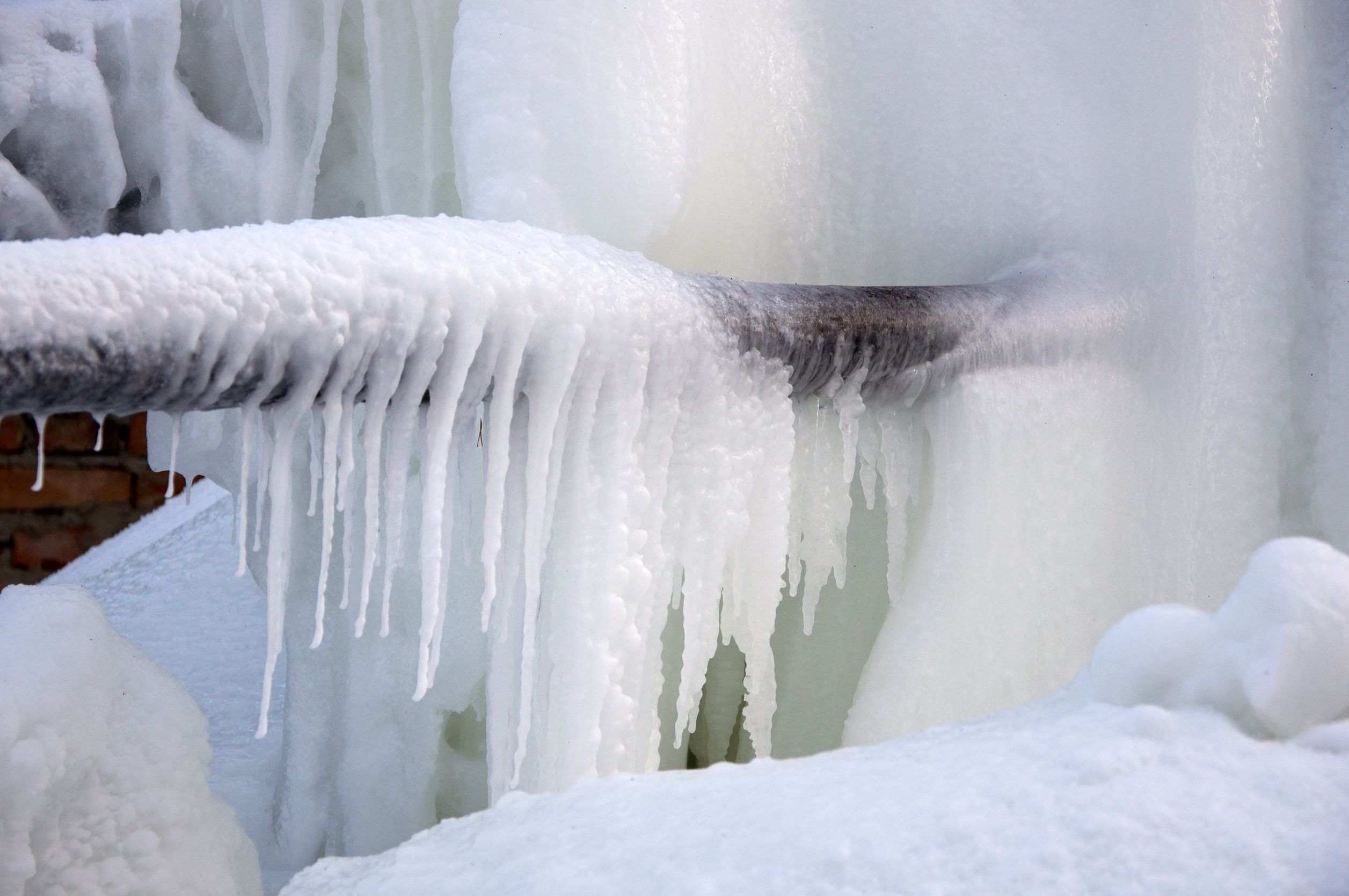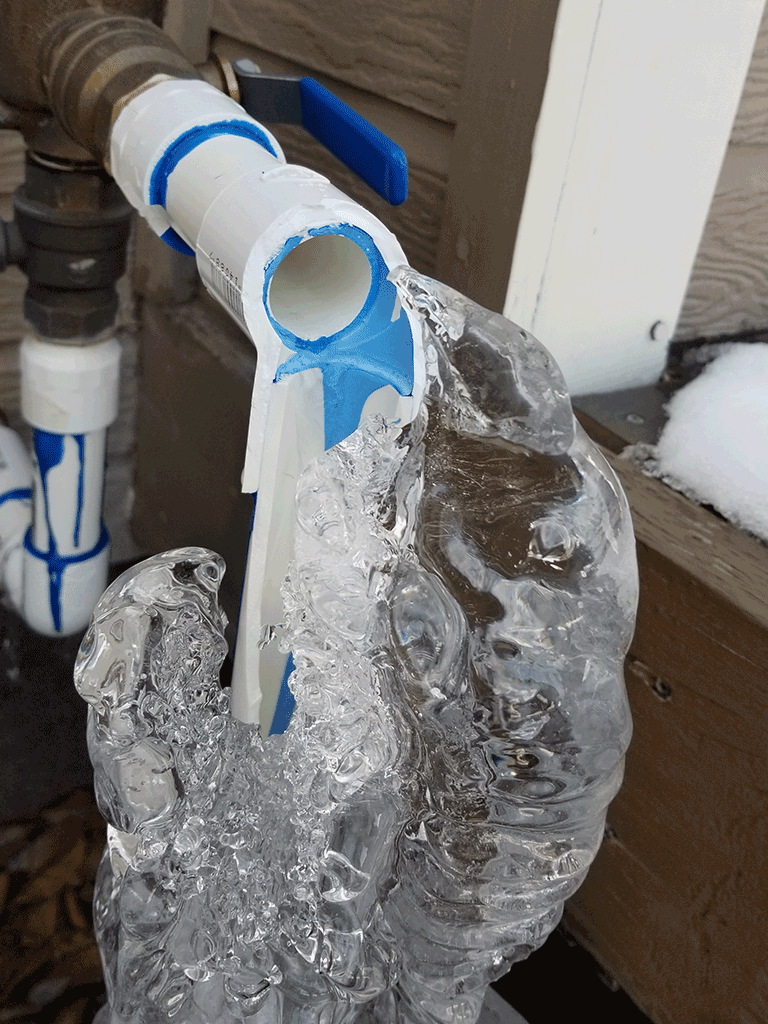Tips to Protect Your Pipes from Cold Weather: Specialist Tips
Tips to Protect Your Pipes from Cold Weather: Specialist Tips
Blog Article
Any individual maintains their private perception involving How To Avoid Freezing Pipes.

Cold weather can damage your pipes, specifically by freezing pipes. Right here's exactly how to prevent it from happening and what to do if it does.
Introduction
As temperature levels decline, the threat of frozen pipes boosts, possibly bring about pricey repairs and water damage. Comprehending exactly how to avoid frozen pipes is essential for home owners in cool environments.
Comprehending Frozen Pipes
What triggers pipes to ice up?
Pipelines freeze when exposed to temperatures below 32 ° F (0 ° C) for extended durations. As water inside the pipes freezes, it increases, taxing the pipeline wall surfaces and possibly triggering them to burst.
Risks and problems
Frozen pipes can bring about water supply disruptions, home damages, and costly repair work. Burst pipelines can flood homes and cause extensive architectural damage.
Indicators of Frozen Water Lines
Identifying icy pipes early can prevent them from breaking.
How to recognize frozen pipelines
Seek reduced water circulation from faucets, uncommon odors or sounds from pipelines, and visible frost on revealed pipes.
Prevention Tips
Protecting at risk pipes
Wrap pipelines in insulation sleeves or use heat tape to secure them from freezing temperature levels. Focus on pipes in unheated or external locations of the home.
Heating methods
Maintain indoor rooms sufficiently warmed, especially areas with pipes. Open closet doors to permit cozy air to circulate around pipes under sinks.
Protecting Outdoor Pipes
Yard hose pipes and exterior taps
Disconnect and drain pipes garden hoses prior to winter season. Mount frost-proof faucets or cover outside taps with protected caps.
What to Do If Your Pipelines Freeze
Immediate actions to take
If you believe frozen pipes, maintain taps available to ease stress as the ice thaws. Use a hairdryer or towels soaked in hot water to thaw pipes slowly.
Long-Term Solutions
Architectural adjustments
Take into consideration rerouting pipes far from outside walls or unheated areas. Include extra insulation to attics, basements, and crawl spaces.
Upgrading insulation
Purchase high-quality insulation for pipes, attics, and wall surfaces. Correct insulation helps keep consistent temperatures and minimizes the threat of icy pipelines.
Conclusion
Avoiding frozen pipes needs aggressive actions and quick reactions. By comprehending the causes, signs, and preventive measures, property owners can safeguard their plumbing during cold weather.
5 Ways to Prevent Frozen Pipes
Drain Outdoor Faucets and Disconnect Hoses
First, close the shut-off valve that controls the flow of water in the pipe to your outdoor faucet. Then, head outside to disconnect and drain your hose and open the outdoor faucet to allow the water to completely drain out of the line. Turn off the faucet when done. Finally, head back to the shut-off valve and drain the remaining water inside the pipe into a bucket or container. Additionally, if you have a home irrigation system, you should consider hiring an expert to clear the system of water each year.
Insulate Pipes
One of the best and most cost-effective methods for preventing frozen water pipes is to wrap your pipes with insulation. This is especially important for areas in your home that aren’t exposed to heat, such as an attic. We suggest using foam sleeves, which can typically be found at your local hardware store.
Keep Heat Running at 65
Your pipes are located inside your walls, and the temperature there is much colder than the rest of the house. To prevent your pipes from freezing, The Insurance Information Institute suggests that you keep your home heated to at least 65 degrees, even when traveling. You may want to invest in smart devices that can keep an eye on the temperature in your home while you’re away.
Leave Water Dripping
Moving water — even a small trickle — can prevent ice from forming inside your pipes. When freezing temps are imminent, start a drip of water from all faucets that serve exposed pipes. Leaving a few faucets running will also help relieve pressure inside the pipes and help prevent a rupture if the water inside freezes.
Open Cupboard Doors
Warm your kitchen and bathroom pipes by opening cupboards and vanities. You should also leave your interior doors ajar to help warm air circulate evenly throughout your home.

I discovered that piece on Helpful Tips to Prevent Frozen Pipes this Winter when looking around the search engines. Sharing is good. Helping people is fun. I am grateful for your time. Kindly visit our blog back soon.
Book Now! Report this page